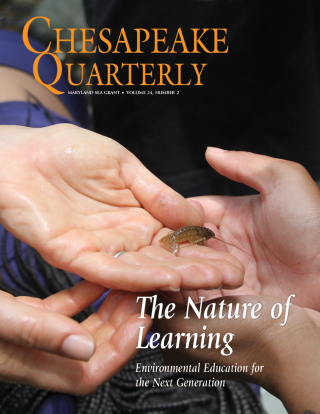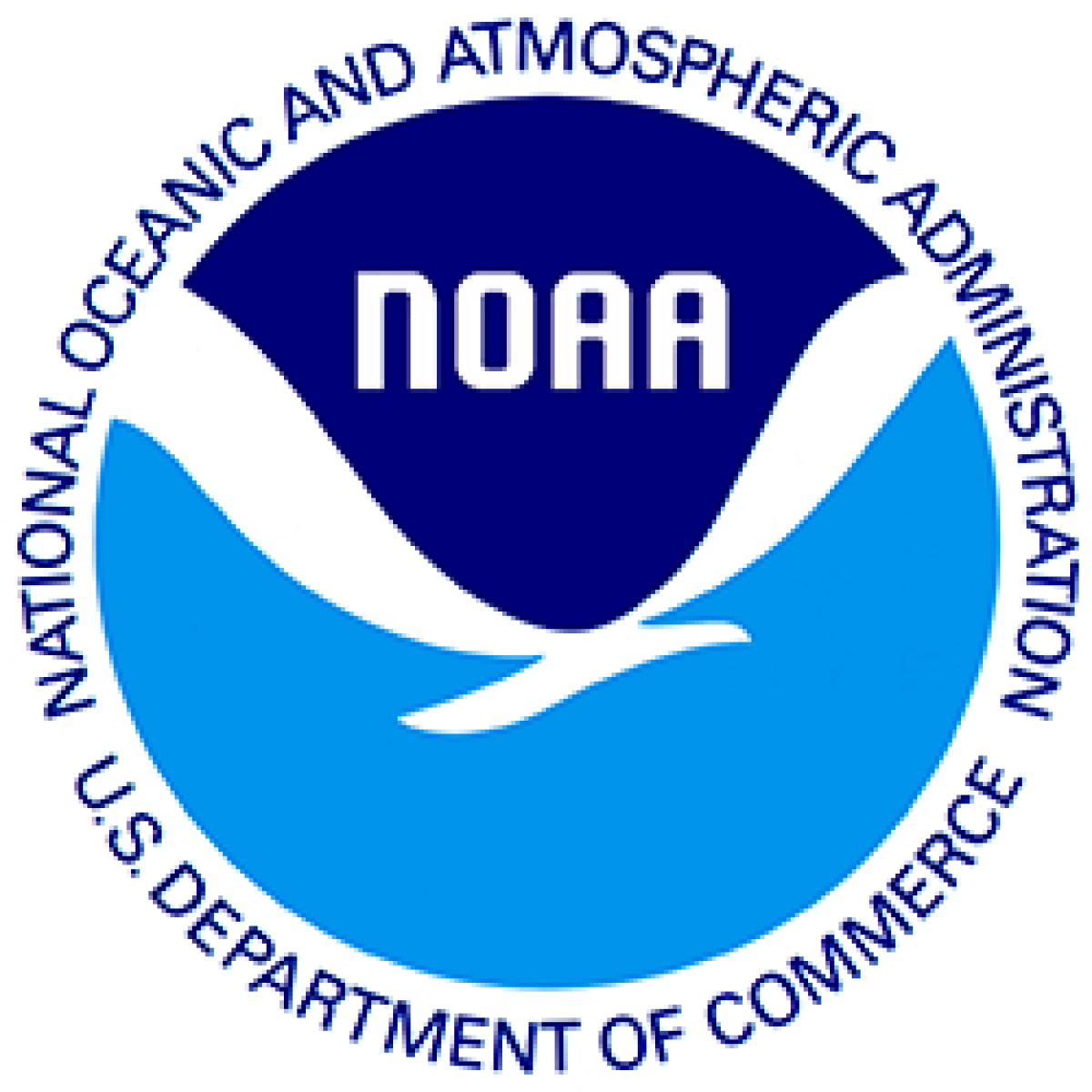Knauss legislative fellowships in Congress help build careers — and they're fun and educational. See our video and fact sheet for details.
R/AQ-9
Developing new oyster sterilization technology to avoid triploid summer mortality
Principal Investigator:
Ten-Tsao WongStart/End Year:
2019 - 2021Institution:
University of Maryland, Baltimore CountyCo-Principal Investigator:
Yonathan Zohar, University of Maryland Baltimore County; Louis Plough, University of Maryland Center for Environmental Science; Donald Webster, Wye Research & Education Center, Maryland Sea GrantTopic(s):
- Aquaculture
Strategic focus area:
Sustainable fisheries and aquacultureDescription:
Rationale: To meet the increasing demands of the world’s growing population under sustainability constrains, optimization of aquaculture methods will be necessary to maximize cost-effective production and minimize ecological impact. One of the supreme strategies for large-scale commercial aquaculture operations is the use of infertile/sterile populations of farmed animals. Sterility carries environmental significance, as the infertile animals are not able to propagate and/or interbreed with wild stocks. In addition, sexual maturation is associated with a substantial decrease in somatic growth due to the diversion of energy into the development of the gonads. The period of intensive gonadal growth during sexual maturation also results in deterioration of meat quality and an increase in susceptibility to stress and disease. Sterilization minimizes energy input toward gonadal growth while enhancing muscle development and promoting the health of farmed animals (1-4). Furthermore, sterility is a means for producers to protect their valuable, genetically selected strains from unauthorized propagation.
Objectives:
- Identify and select one of the candidate genes and their suitable MO-Vivos for use in developing eastern oyster sterilization technology;
- Optimize MO-Vivo bath-immersion protocol to determine the most economical condition achieving 100% sterility induction, and;
- Produce a larger scale of reproductively sterile eastern oysters for growth performance and mortality field studies compared with non-sterile diploid and triploid oysters;
- Coordinate with Sea Grant outreach and education programs to disseminate and discuss the results with industry and other research scientists locally via a regional meeting in Maryland, and nationally through the Aquaculture conference.
Impact/Outcome:
We have developed a practical technology to efficiently produce sterile fish, which uses a bath immersion to execute a transient gene-silencing method. We discovered that a molecular transporter, also known as Vivo, can effectively carry the “gene silencer” Morpholino oligomer (MO) against deadend (dnd) gene across the eggshell, enter the embryo, and effectively disrupted germ cell development, which led to the elimination of germ cells and resulted in the development of reproductively sterile fish. This proposed research aims to extend and optimize our bath-immersion sterilization technology to produce sterile eastern oysters. By extending this fish sterilization technology to eastern oysters, the main hypotheses to be tested in this research is that the transient silencing of the genes responsible for the early establishment of gonads in oysters will lead to reproductively sterile animals, and Vivo, the molecular transporter, will be able to act on chorion and transport antisense MOs across egg envelope into the eggs and reach targeted germ cells. Unlike fish dnd genes, the essential genes in oyster germ cell development are currently unknown. To apply this bath-immersion technology to produce sterile oysters, the specific genes indispensable for oyster PGC development need to be identified. Germ cell-less (gcl) is required for germline formation in Drosophila. Mothers with reduced gcl function give rise to sterile adult progeny that lacks germ cells. As such, we have identified and cloned the eastern oyster gcl homolog, Cv-gcl, to be our target gene for sterility induction in eastern oysters.
To compare the permeability of the chorion before and after fertilization, pre- and post-fertilization immersion treatment using fluorescent-labeled MO were performed concomitantly. Embryos treated post-fertilization had a much stronger fluorescent signal inside the larvae. The results indicated that oyster embryo chorion is more permeable after fertilization compared to egg chorion before fertilization. It also demonstrated that bath immersion could deliver MOs into oyster eggs. Due to COVID restrictions, only limited trials have been conducted. Until the end of this grant, none of the treated groups has shown non-negligible sterility results, as only a low percentage of oysters in some treated groups shown indistinguishable gonads, which could be attributed to spawning or underdevelopment. No significant difference in growth was detected in any of the treated groups compared to the MO control group. There was no significant difference in eastern oysters; both cv-vasa and cv-gcl were expressed in the ovary tissue and oocytes, indicating that both genes were maternally deposited into eggs and could play a role in germ cell development in eastern oysters. However, non-negligible sterility results were not obtained in all the treatments targeting different genes. It is critical to identify target genes that are indispensable for oyster development in order to produce sterile animals. Our knowledge about germ cell development in bivalve mollusks is very limited to expression patterns of germ cell marker genes. More studies are needed to explore this line of research.





